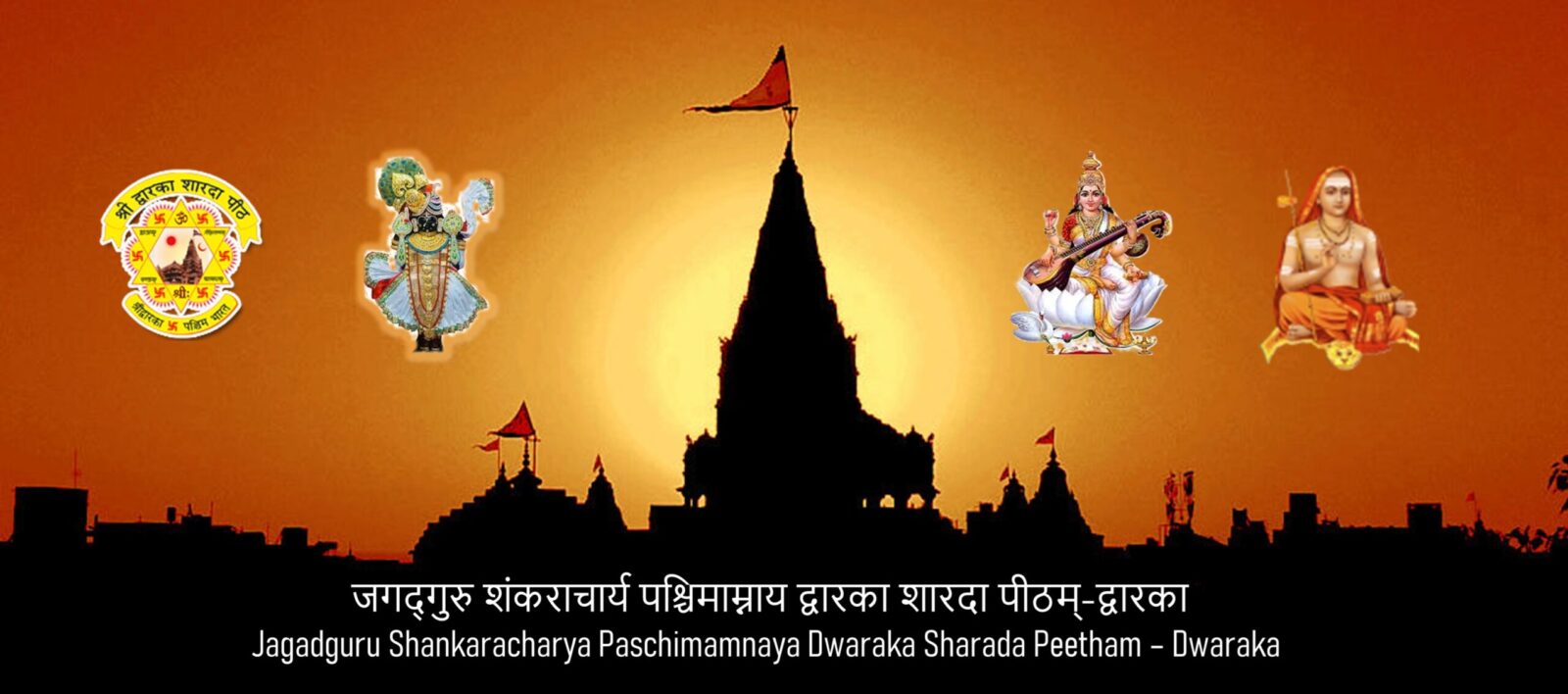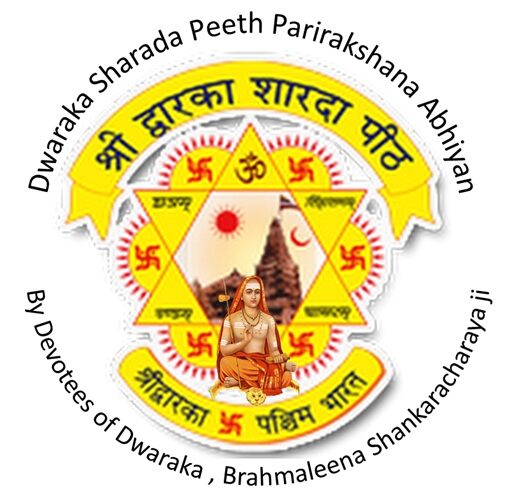Dwarka Kshetram: The Divine Capital of Bhagavan Sri Krishna
Introduction
Dwarka Kshetram, nestled along the western coast of India in the present-day state of Gujarat, holds a place of supreme reverence in the hearts of millions of devotees. Known as the City of Lord Krishna, Dwarka is not only one of the Char Dham pilgrimage sites but also one of the Sapta Puri, the seven most sacred cities in Hindu tradition. This divine city is eternally associated with the life and leelas (divine pastimes) of Bhagavan Sri Krishna and Sri Balarama,
Historical and Scriptural Significance
The origins of Dwarka are deeply rooted in ancient scriptures such as the Mahabharata, Harivamsa, and the Bhagavata Purana. According to these texts, after renouncing Mathura due to repeated attacks from Jarasandha (the king of Magadha), Sri Krishna established Dwarka as His new capital. Built on land reclaimed from the sea, it was a marvel of divine architecture—fortified, magnificent, and blessed with celestial opulence.
“Then Krishna departed to the western sea and built a fort on an island therein. He made the city Dwarka, which was like a heavenly city on earth.”
— Harivamsa Purana
This city became the administrative and spiritual nucleus of the Yadava dynasty, where Krishna ruled as a statesman, protector, and teacher.
Architecture and Glory of Ancient Dwarka

Scriptural descriptions portray Dwarka as a splendid city of gold, silver, and gemstones, with wide roads, majestic palaces, and beautiful gardens. The city had 900,000 palaces adorned with crystal, marble, and precious stones. It was surrounded by walls and had elaborate gateways, canals, and bridges. The opulence of Dwarka was said to rival even that of Indraloka, the abode of the gods.
The Sudharma Sabha, Krishna’s royal court, was a place where sages, kings, and deities congregated. His palace was not only a political center but also the dwelling of love, dharma, and divine pastimes with His consorts like Rukmini Devi and others.
Dwarka Today
The modern city of Dwarka, known as Dwarka Nagari, is located in Devbhumi Dwarka district of Gujarat. It stands near the site of the ancient city, parts of which are believed to have submerged into the Arabian Sea after Krishna’s departure from the earth.
Today, Dwarka is home to the Dwarkadhish Temple, a towering five-storied temple built over 2,000 years ago (though it has undergone renovations). The temple’s flag is changed five times a day, and its dome rises to a height of over 170 feet, visible from miles around.
Marine archaeology has uncovered submerged structures off the coast, believed to be remnants of the ancient city, lending archaeological credence to scriptural accounts.
Spiritual Significance
Dwarka is not just a place of historical importance; it is a living tirtha, vibrating with bhakti (devotion). Pilgrims from across the world visit to seek darshan of Sri Dwarkadhish (Krishna as the King of Dwarka). Key spiritual sites include:
- Rukmini Devi Temple
- Bet Dwarka (believed to be Krishna’s residential island palace)
- Gopi Talav (where the Gopis met Krishna after He moved to Dwarka)
- Gomti Ghat (a sacred bathing place by the river Gomti)


Dwarka in the Char Dham Yatra
Dwarka forms a critical pillar of the Char Dham Yatra—alongside Badrinath, Puri, and Rameswaram—instituted by Adi Shankaracharya. A visit to these four holy dhams is said to grant moksha (liberation).
Conclusion
Dwarka Kshetram is far more than an ancient city; it is a divine embodiment of Krishna’s eternal presence. For seekers, historians, and devotees alike, it stands as a testament to Sanatana Dharma’s living tradition, echoing the songs of devotion, wisdom, and divine rulership that Sri Krishna exemplified.
In the words of the Bhagavad Gita, spoken by Krishna Himself:
“Yada yada hi dharmasya glanir bhavati Bharata…”
— Bhagavad Gita 4.7
Indeed, Dwarka reminds us of His timely appearances to restore dharma and guide humanity toward the eternal truth.

